Top Tips for Success in Tools & Gear: Choosing, Using, and Maintaining Like a Pro
Introduction
Whether you’re a professional tradie, a serious DIYer, or a weekend warrior, success on the job often comes down to having the right tools and gear—and knowing how to use and maintain them properly. The difference between a smooth job and a frustrating one often lies not in skill alone, but in tool selection, setup, and care.
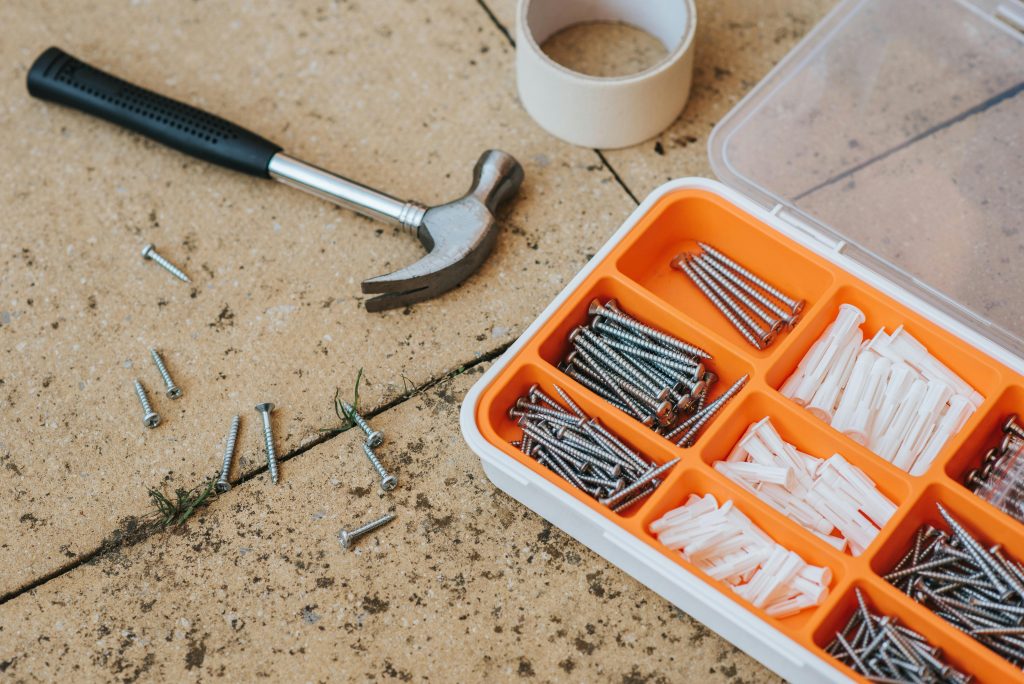
In this guide, we’ll share top tips for success in tools and gear, from buying quality tools to maximising performance, ensuring safety, and extending the lifespan of your equipment. If you’re looking to work smarter, safer, and more efficiently, this article is for you.
1. Invest in Quality Tools That Last
Cheap tools may seem like a money-saver upfront, but they often cost more in the long run due to poor performance, faster wear, and potential safety issues.
Why quality matters:
- Better build materials and engineering
- Longer lifespan with fewer breakdowns
- Improved accuracy and output
- Safer and more reliable under stress
Pro tip: Choose tools from trusted brands with good warranties and strong support networks—especially for power tools and trade-specific gear.
2. Choose the Right Tool for the Job
Using the wrong tool can damage your materials, hurt your results, and increase the risk of injury.
How to ensure the right fit:
- Understand your application (cutting, fastening, measuring, lifting, etc.)
- Match tool capacity to workload (e.g., cordless vs. corded, impact vs. drill driver)
- Consult spec sheets, user reviews, or a local supplier for guidance
Example: Using a demolition hammer for delicate tile removal may cause unnecessary damage. Choose a rotary hammer with variable speed instead.
3. Maintain and Store Tools Properly
Tool performance declines without proper care. Regular maintenance helps extend the life of your gear and ensures it performs safely.
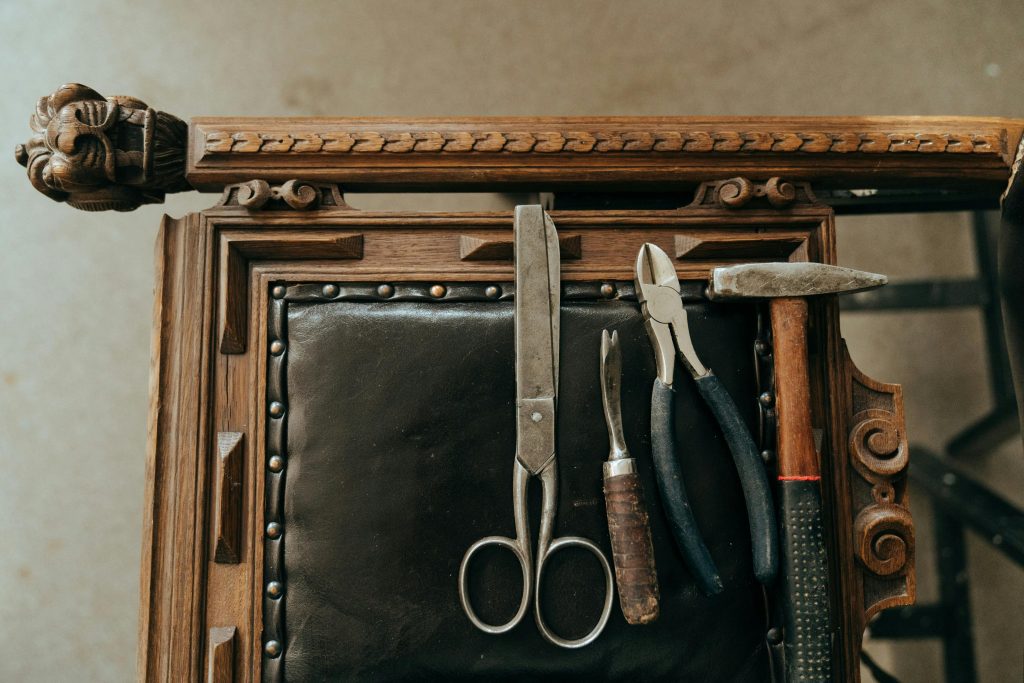
Tool maintenance tips:
- Clean tools after each use to remove debris and moisture
- Lubricate moving parts as recommended (e.g., drill chucks, hinges, blades)
- Sharpen cutting tools regularly (chisels, saws, bits)
- Recharge batteries correctly and store them safely
- Store in a dry, organised toolbox, case, or wall rack
Bonus: Use silica gel packs in tool storage boxes to prevent rust from moisture.
4. Prioritise Safety Gear and Procedures
Having the right tools means nothing if you neglect safety. Ensure your personal protective equipment (PPE) is as reliable as your power tools.
Essential PPE includes:
- Safety glasses or goggles
- Hearing protection (earmuffs or plugs)
- Gloves suited to the task
- Steel-cap boots with slip resistance
- Respiratory masks for dust-heavy environments
Tip: Replace worn PPE regularly and ensure gear fits correctly for maximum protection.
5. Keep Your Workspace Organised
Tool success isn’t just about what you use—it’s also about how you use and access it. An organised workspace reduces downtime, prevents tool loss, and keeps projects flowing smoothly.
Organisation strategies:
- Use modular toolboxes with labelled compartments
- Set up a pegboard wall for frequently used hand tools
- Keep power tool accessories (blades, bits) stored by type
- Dedicate separate areas for clean vs. dirty tools
Pro insight: Invest in mobile tool carts if you work across large job sites or multiple rooms.
6. Use Battery Platforms Strategically
Modern tools are increasingly cordless—but not all batteries are created equal. Use a unified battery platform across tools to reduce clutter, improve convenience, and save on costs.

Advantages of a single battery ecosystem:
- Fewer chargers to carry
- Interchangeable batteries across tools
- Easier fleet management for teams
- Streamlined charging and storage
Popular platforms in Australia: Makita 18V LXT, Milwaukee M18, DEWALT 20V MAX
7. Stay Updated With Tool Innovations
Tool technology evolves fast. Staying informed can improve your efficiency, safety, and accuracy.
Keep up with:
- Brushless motors (longer life, more power)
- Tool tracking and inventory apps
- Vibration control and anti-kickback systems
- Dust extraction and environmental compliance
Follow manufacturer blogs, YouTube tool testers, and industry expos to stay ahead of the curve.
8. Use Checklists for Job Prep
Before starting any project, use a pre-work checklist to ensure you have everything you need—and that everything’s in working order.

Checklist example:
- Power tools charged and tested
- Backup blades, bits, and accessories
- PPE in good condition
- Layout and measurements verified
- All tools accounted for and safely stored
Tip: Keep a digital tool checklist on your phone for easy access on-site.
Real-World Example: Efficient Tool Use on a Job Site
Scenario: A residential builder was experiencing delays due to lost tools and inconsistent battery compatibility among subcontractors.
Solutions implemented:
- Standardised all cordless tools to the same battery platform
- Installed a lockable tool cabinet at each site
- Issued checklists at the start and end of every workday
Results:
- Time saved tracking down gear
- Reduced tool replacements
- Increased crew accountability and productivity
Conclusion
Success in tools and gear isn’t just about buying the best—it’s about using them wisely, maintaining them properly, and choosing the right gear for the job. Whether you’re on the tools every day or building your first DIY shed, these practices lead to safer, more efficient, and more satisfying outcomes.
Start by assessing your current tool setup, invest in long-lasting essentials, and build habits that keep your workspace clean and your equipment sharp. Your tools will return the favour—every time you use them.
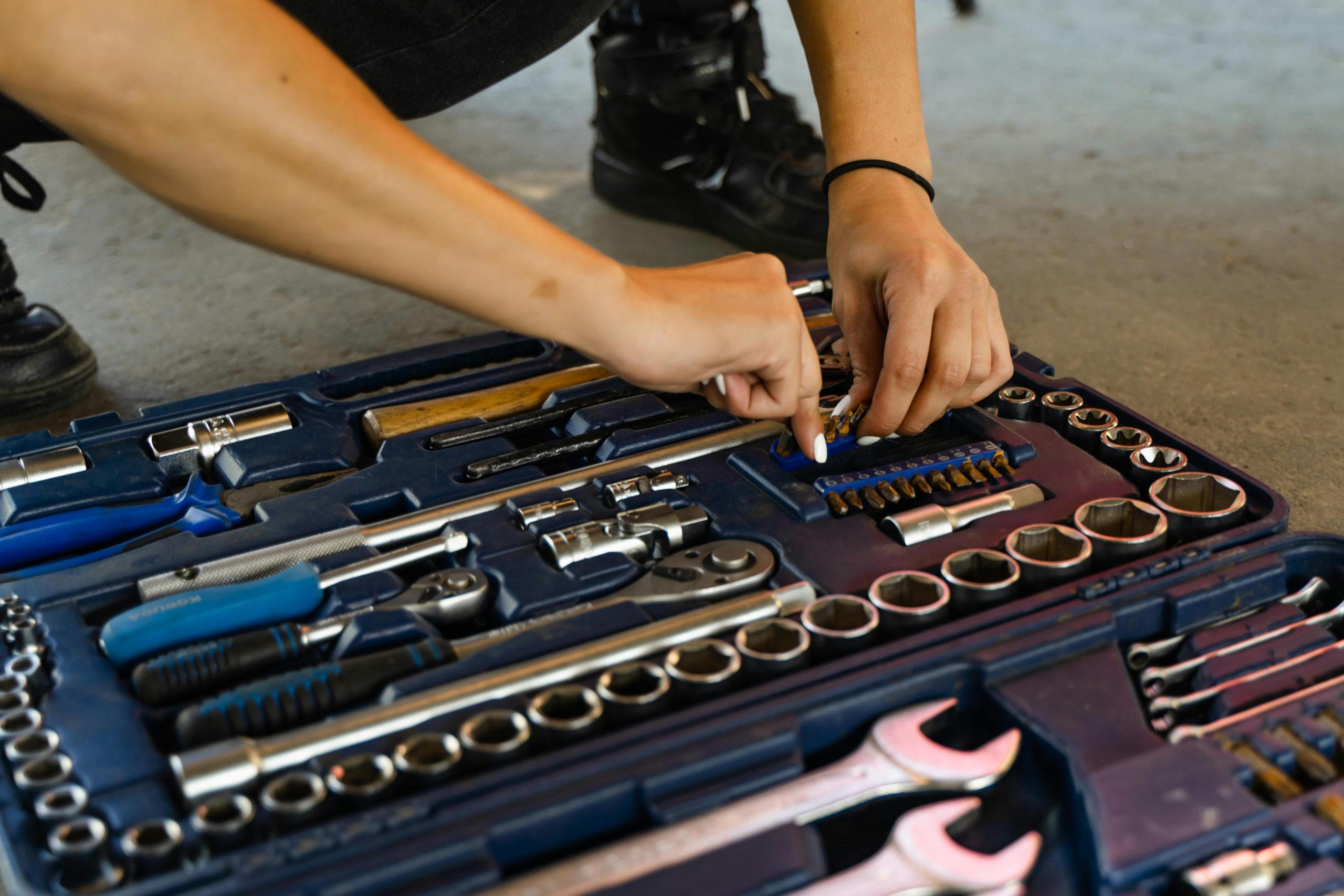
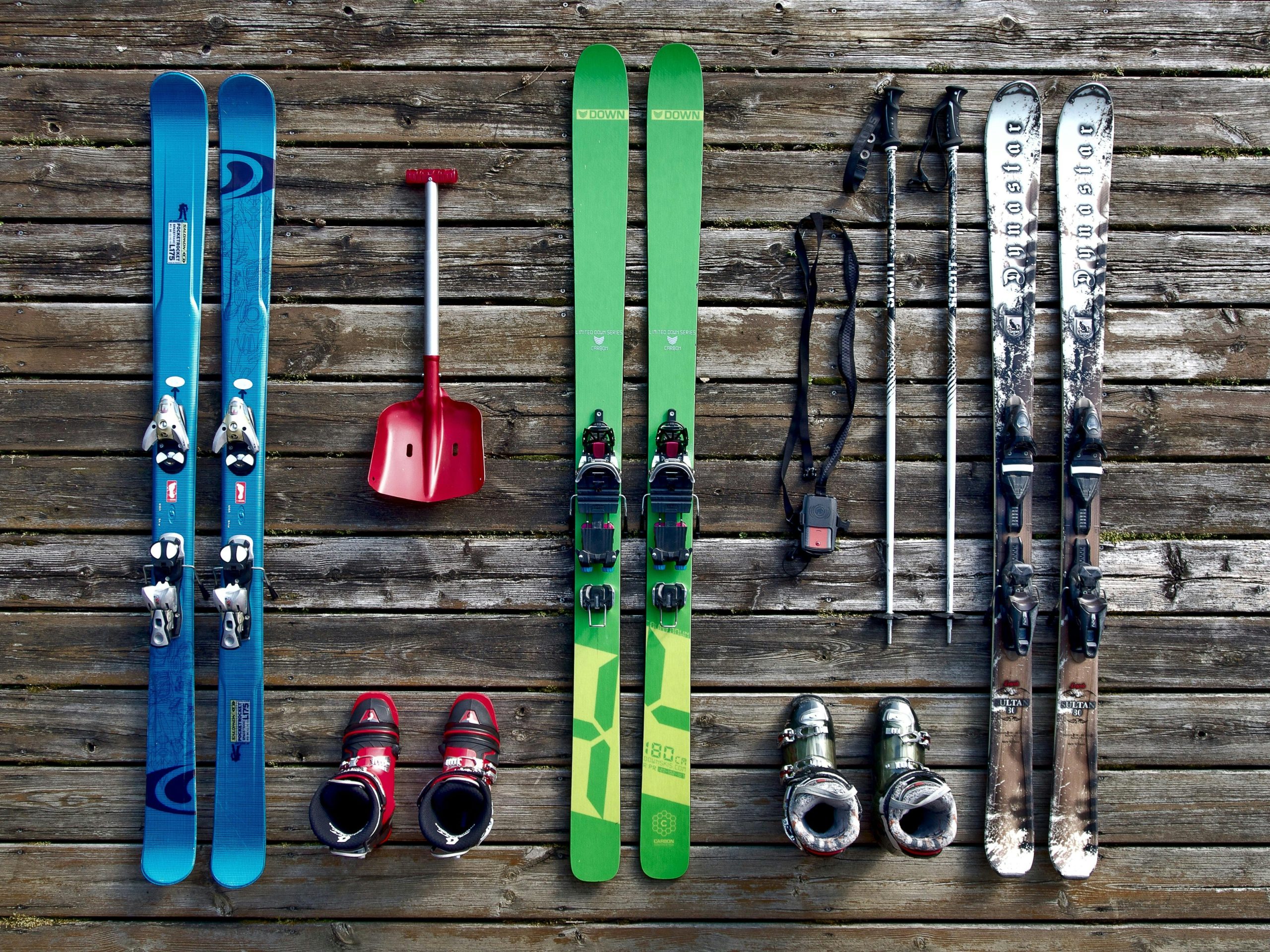
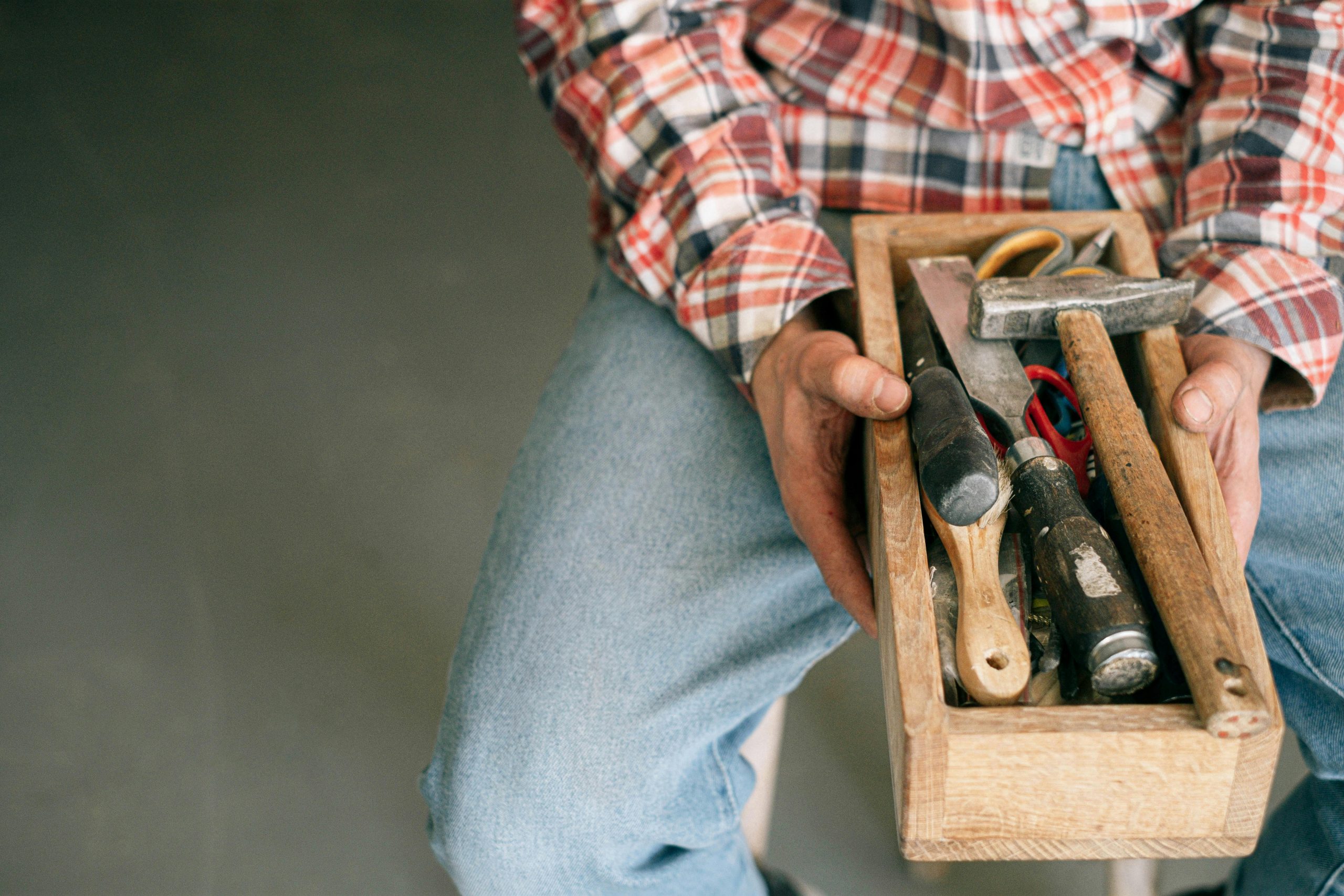
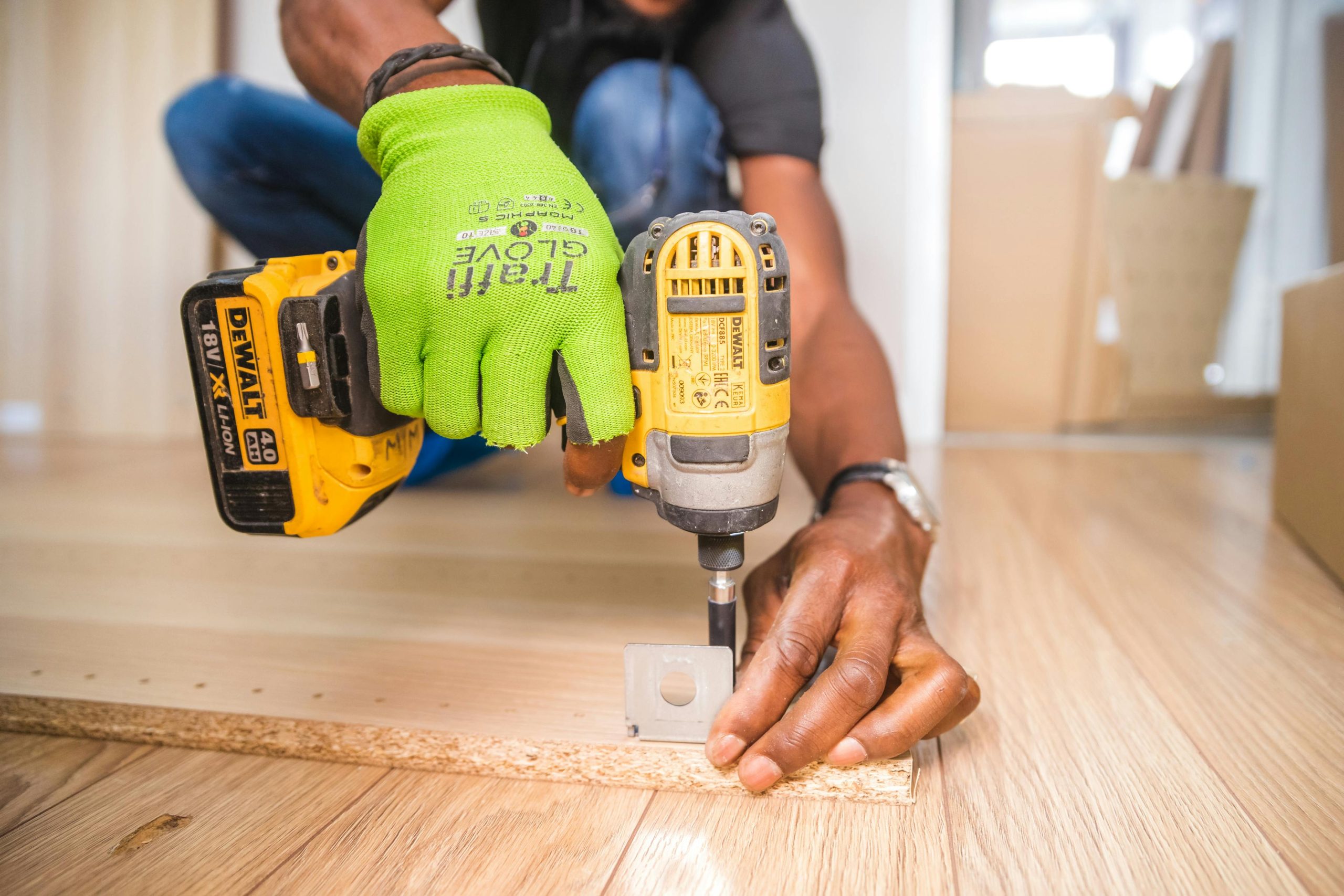


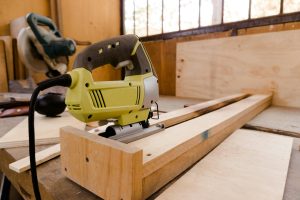





Post Comment